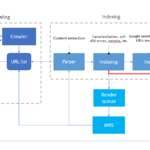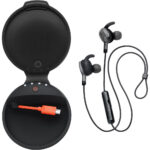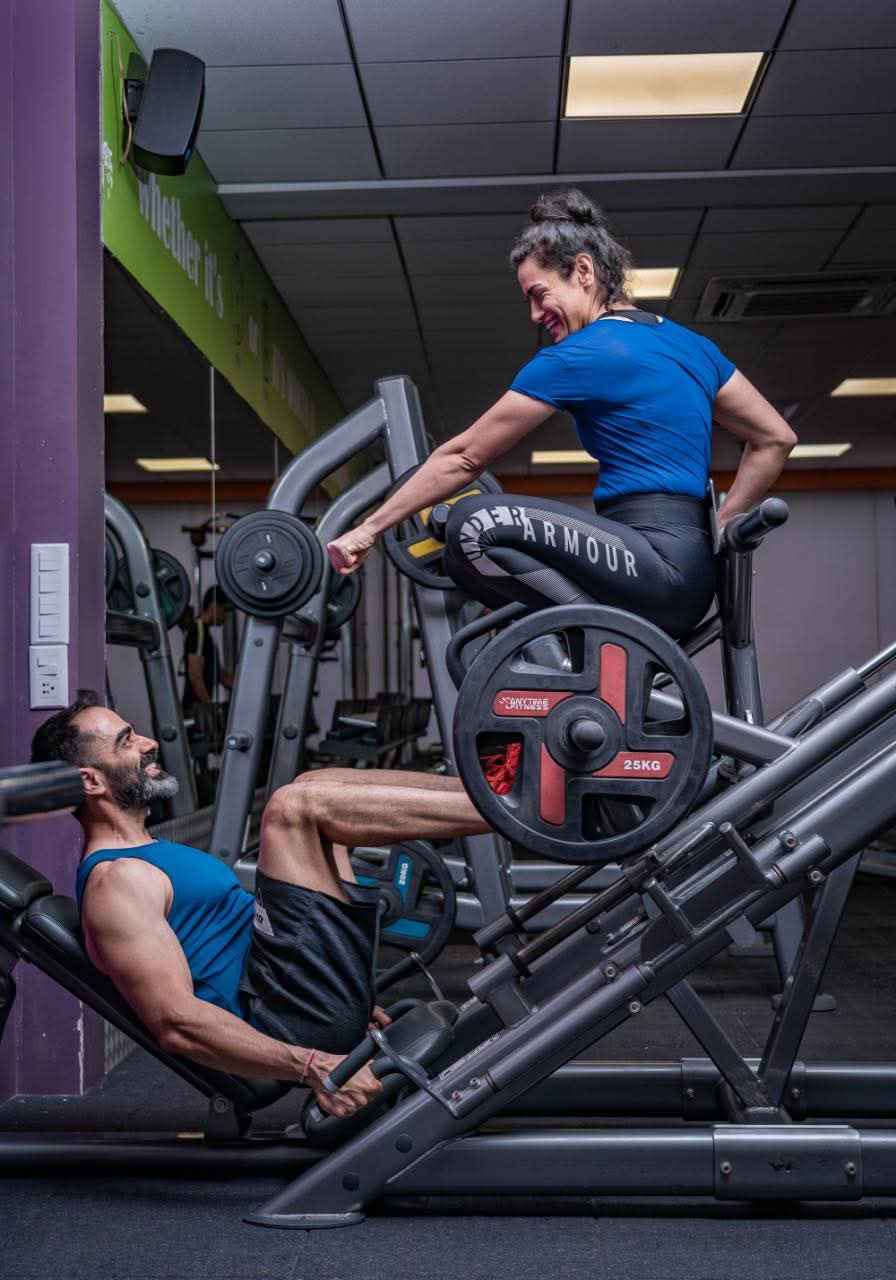What is HbA1c and Why It’s a Big Deal?
By Lalit Gulati, Fittr Coach
“Your doctor told you to change your lifestyle. But you’re still replacing rice with millets, sugar with jaggery, and adding chia seeds to water. Here’s the truth: None of that’s working. Time is ticking — and confusion won’t fix your sugar.”
Why This Matters Now: Understanding Your HbA1c
Your HbA1c (Glycated Hemoglobin) reflects your average blood sugar over the past 2-3 months. If your levels are:
-
Below 5.7% – Normal
-
5.7% to 6.4% – Prediabetes
-
6.5% and above – Diabetes
If your HbA1c is borderline or already above 6.5%, you are in the danger zone — even if you don’t feel “sick.”
HbA1c = Glycated Hemoglobin
It tells how much glucose (sugar) has been attached to your red blood cells over the last 2–3 months. It’s a reliable long-term marker for blood sugar control.
When your HbA1c is high, it means your blood sugar has been consistently elevated, which silently damages:
- Blood vessels (risk of stroke/heart attack)
- Eyes (retinopathy, blurred vision)
- Kidneys (nephropathy)
- Nerves (neuropathy)
You may not feel symptoms initially, but damage is happening internally. That’s why waiting is dangerous.
Why Typical Indian Advice Fails
1. Switching Rice to Millets:
Millets are carbs too — they still spike glucose. The glycemic load is what matters more than just switching grains.
2. Jaggery Over Sugar:
Jaggery is still sucrose with a high glycemic index. It spikes insulin as much as or more than sugar.
3. Chia Seeds in Water:
While high in fiber, this single habit won’t lower blood sugar. You need systemic lifestyle changes.
Science Behind the 11-Step Lifestyle Plan
1. Post-Meal Walking
- Glucose rises highest 30–90 mins post-meal
- A short walk uses glucose for energy, avoiding a sharp spike
Scientific evidence:
Studies show post-meal activity can lower postprandial glucose by 10–20%
2. Balanced Plate (Low-Carb, Protein-Rich, Fiber-Heavy)
Problem: Indian meals are high in:
- Simple carbs (roti, rice)
- Starchy sides (aloo, sabzi)
- No protein (dal isn’t enough)
Fix:
- Add protein: eggs, paneer, tofu, chicken
- Add fiber: raw/sautéed vegetables
Science: Protein and fiber slow digestion, reduce sugar spikes, and increase satiety.
3. Weight Training > Just Walking or Yoga
Muscle = glucose sink.
Muscles store glucose and use it efficiently. The more lean muscle you have:
- The less insulin your body needs
- The lower your blood sugar
Bonus: Muscle boosts metabolism even at rest.
4. Avoiding “Healthy Junk”
- Multigrain biscuits, baked snacks, and brown bread sound healthy but are often loaded with:
- Refined flour
- Low fiber
- Hydrogenated oils
Outcome: Still spikes insulin. Opt for whole, unprocessed snacks.
5. No Alcohol or Smoking
Both worsen insulin resistance, elevate cortisol, and damage blood vessels.
- Alcohol can cause hypoglycemia during fasting and hyperglycemia during feasting
- Smoking increases inflammatory markers, worsening diabetic complications
6. Reducing Body Fat
Fat, especially around the belly, releases inflammatory chemicals and reduces insulin sensitivity.
Even 5–7% body weight loss can significantly lower HbA1c.
Example:
- If you’re 80 kg, losing 5–6 kg may bring you from diabetic to prediabetic range
7. Fixing Sleep
Poor sleep:
- Increases ghrelin (hunger hormone)
- Lowers leptin (satiety hormone)
- Raises cortisol (stress hormone)
Result:
You crave sugar, eat more, and your body stores fat.
Aim for 7–8 hrs of quality sleep, preferably at fixed times.
8. Managing Stress
Chronic stress increases:
- Cortisol
- Adrenaline
Which both increase glucose output from the liver.
Result: Your sugar stays high even if you eat healthy.
Techniques:
- Meditation
- Deep breathing
- Gratitude journaling
- Walking in nature
9. Fixing Micronutrient Deficiencies
- Vitamin D helps with insulin signaling
- B12 is vital for nerve health and energy
- Magnesium supports over 300 enzymes, including insulin action
Testing and correcting deficiencies helps optimize glucose metabolism.
10. Focus on Habit-Building, Not Hype
Lifestyle diseases are cured with lifestyle consistency, not:
- Gimmicks
- One-time detoxes
- “Fat-cutter” powders
Build simple habits: walking, protein with every meal, set sleep time.
11. Monitoring Progress & Partnering with Your Doctor
Lifestyle change + medication (when needed) = powerful combo.
Regularly track:
- HbA1c
- Fasting Blood Sugar
- Post-meal Sugar
- Weight & waist circumference
Adjust based on data, not guesswork.
Visual Summary for Memory
| Habit | Why It Works | Impact |
|---|---|---|
| Walk after meals | Reduces glucose spike | ↓ HbA1c |
| Strength train | Builds muscle, uses sugar | ↓ insulin resistance |
| Protein & fiber | Slow digestion | ↓ sugar spikes |
| Sleep 7-8 hrs | Reduces cortisol | ↓ hunger & sugar |
| Cut processed carbs | Avoids sugar spikes | ↓ inflammation |
| Stress control | Lowers cortisol & cravings | ↓ blood sugar |
| Lose 5–10% body weight | Improves insulin sensitivity | ↓ HbA1c by 1–2% |
Realistic Timeframe for Results
3 Months of Lifestyle Change =
- 1–1.5% drop in HbA1c
- 3–6 kg fat loss
- Improved energy, mood, and sleep
- Reduced medication dependency (doctor-guided)
Conclusion: It’s in Your Hands Now
No one can manage your blood sugar better than you can — not even your doctor.
You don’t need magic food.
You need discipline, data, and direction.
Start with:
- A 15-minute walk after dinner tonight
- Replace one roti with 2 eggs
- Sleep 30 minutes earlier
Do it consistently. Watch your HbA1c drop.









